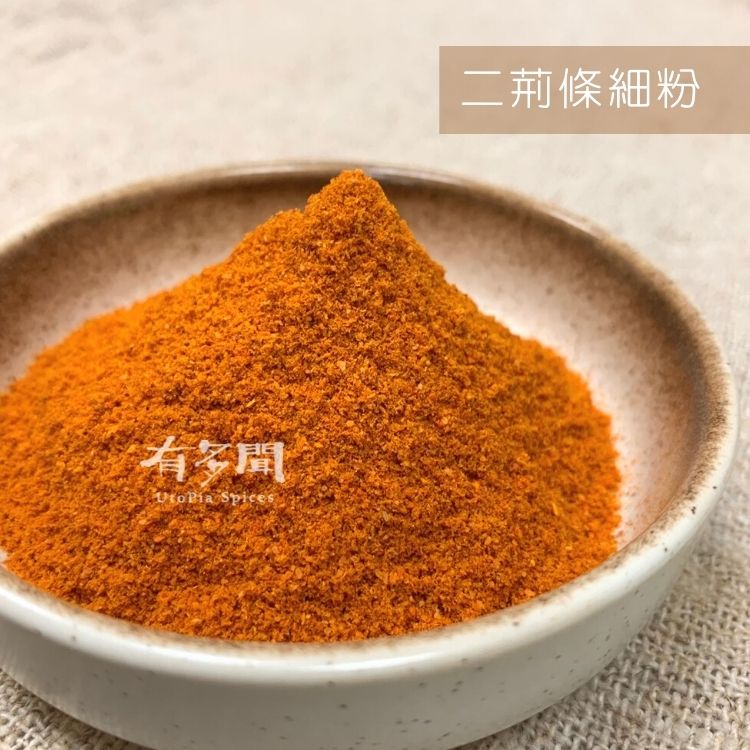
Feature:
Appearance: Hawthorn is a small, round fruit ranging in color from yellow-green to bright red. When it is ripe, the pulp is sweet but also has a certain sour taste.
Origin:
China
Cooking dishes:
Hawthorn cake: This is a traditional Chinese snack made from grated hawthorn pulp and shaped like a small biscuit.
Hawthorn beverage: Hawthorn fruit can be made into juice or tea.
Preserved and candied: Hawthorn is often made into candied fruit or jam.
Traditional cooking: In some places, hawthorn is also added to stews to add a sweet and sour flavor.
Applicable dishes:
Candied haws, hawthorn, osmanthus and black plum soup, hawthorn cake, hawthorn cake, hawthorn tea, brine, spareribs soup, plum chicken soup










